Kerala Flood Disaster Response, 2019
Kerala and Karnataka were devastated by unprecedented rains, which caused flooding and large scale losses across the states. 14.52 lakh people were moved to relief camps. The livelihoods of thousands of families were disrupted and hundreds lost their lives. In the adjoining state of Karnataka, some districts such as Kodagu and Dakshina Kannada were severely affected, with 1206 houses damaged and 9 deaths reported.
United Way has always been at the forefront of disaster response since the past 16 years and is allied to a wide range of organisations providing relief interventions in various capacities. These are broken into immediate pressing needs and mid to longer-term requirements for which there are often no resources available. As part of immediate relief interventions, we organized health camps, distributed basic essentials kits and supported a prototype of transitional shelters.
To provide mid-term and long-term relief, the requirements included:
A. Distribution of Transitional Shelters: Due to the precarious situation in Kerala, permanent housing, including reconstruction schemes and compensation packages are estimated to take a significant amount of time. Rather than risking unsafe rebuilding or return to damaged homes, transitional shelters are a more viable option. The shelters, which were provided are 17.5 m2 and made of stone/brick, bamboo/timber, roofing tiles/GI sheets, bamboo mats/coconut leaves.
Some of the key features of the transitional shelter include:
- Low-cost construction technology
- Locally available materials like Laterite, stone, bamboo, timber and roofing tiles
- Doable using local construction skills
- Quick construction process
- Acceptable and adaptable for the local community
- Shelter as per average family size meeting international humanitarian standards
- Structural design considering flood risk and strong winds
- Re-usability of materials for future permanent construction
B. Health Camps: Temporary medical camps were organized with the objective of providing immediate and basic health services to affected populations and preventing the spread of epidemics. These camps catered to skin diseases, stomach ailments and water-borne diseases. Families were given free medical consultations and issued basic and important medications on a case-to-case basis. The camps treated about 250 patients per day and about 1750 patients over one week.
C. WASH: Water and sanitation were an urgent requirement after the floods. With a large number of wells damaged or polluted, the communities required support for WASH (Water-Sanitation-Hygiene).
D. Rebuilding Schools: Partially damaged schools were rebuilt while incorporating disaster risk mitigation and child-friendly measures.

